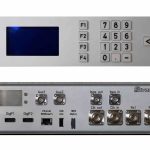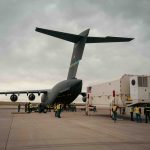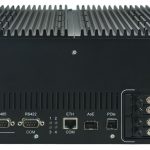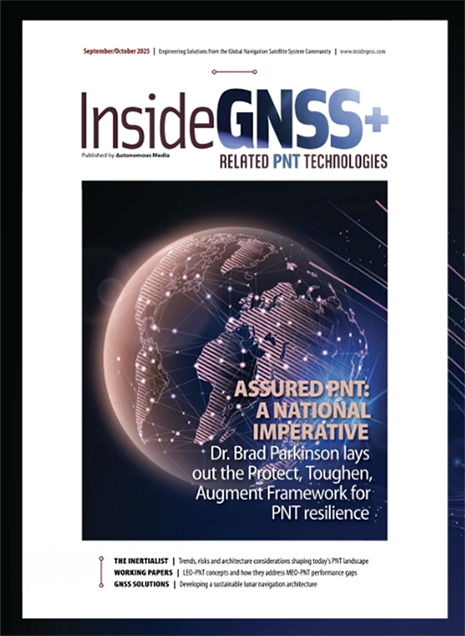Airbus Tests Dual-Frequency, Multi-Constellation EGNOS V3
Airbus is leading the development of the next generation of the European Geostationary Navigation Overlay Service (EGNOS), Europe’s satellite-based augmentation system (SBAS). EGNOS version three (V3) will provide a completely new DFMC service – dual frequency, multi-constellation – augmenting both GPS and Galileo signals.
By Peter Gutierrez













